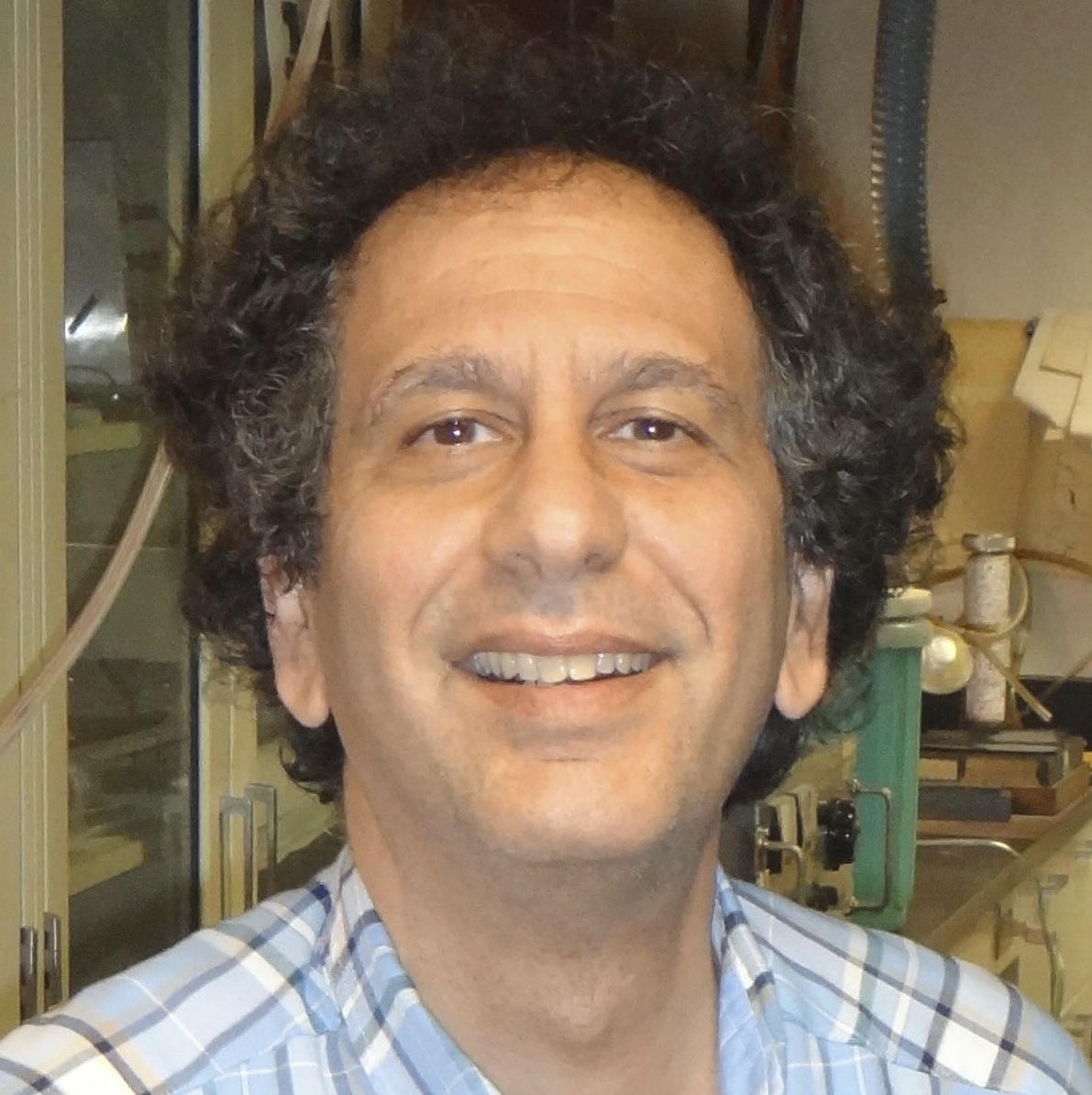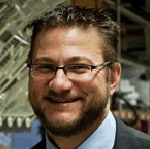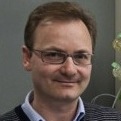What are the Odds?
"Midrash" by George Barany (November 2013)
This puzzle asks "What are the Odds?" that in a Chemistry Department faculty that has, within experimental error, forty members, two or three of these faculty members will have the exact same birthday? First though, let's get the facts. Shown below, from left to right, are three of my colleagues: Ken Leopold (17-Across, with his name fully spelled out including his middle initial of "R," i.e., KENNETH_R_LEOPOLD), birthday November 13; Mark Distefano (35-Across), birthday November 12; and Gian-Luigi Veglia (52-Across), birthday November 13. Thus, we have two matches, and we almost have three matches. [Short digression: When I was 19 years old and a graduate student at The Rockefeller University, the Dean paid my expenses to come to Minneapolis for a FASEB meeting. Outside of the old Minneapolis Auditorium [on the current Convention Center site], I saw a young man with long hair, who seemed to be in his mid-20s, with a name tag that said "BARAN." As we made eye contact and he noticed my own name tag, he simply said, "Close, but no cigar," and crossed the street.]
Well, what we have here is the classic "birthday problem." For reasons that have been eloquently explained elsewhere [this New York Times piece by Cornell professor Steven Strogatz is particularly elegant], the cut-off for there to be a 50-50 chance of a match is approximately 23 people, and by the time you reach 40 people, it is about 90%. It is important to recognize that we are not asking the probability of two specific people having a match, nor requiring a specific date. So, what we really have to do is calculate the probability of no matches, and then subtract that from unity. In the calculation, the denominator is a power of 365 (the number of days in a year, excluding leap years) and the numerator is a factorial. Strogatz's piece includes a wonderful link (2 minutes) to Johnny Carson and Ed McMahon on the pre-Leno Tonight Show, who clearly do not understand this.
   |
|
At an earlier stage of creating this puzzle, I had been misinformed about Mark's birthday, and consulted with my friend Noam Elkies as to what are the odds of three matches in a faculty of 40. This is a more difficult calculation to set up, but Noam estimated about 7% and ran his reasoning by me. His arguments made sense to me, and it is left as an exercise to the reader to confirm.
[Note: As I was completing this "midrash," I found this on-line calculator from WolframAlpha, and voila, it also comes up with 7%].
Beyond its theme, a few other things came up with this puzzle that might at least put a smile on your face, as it did for me and our creative team [names given on the main page for this puzzle]. As a general comment, we tried as much as possible to use science words and clues, befitting the puzzle's principal target demographic. I am sure that any residual questions you may have could be resolved by a few moments with Google. A highly haphazard and subjective puzzle tour follows:
********** Past here: ADULT CONTENT Following up on "close but no cigar," click here for the inside scoop on an apocryphal story associated with Groucho Marx, or here, here, and here for representative jokes about President Clinton [search for "cigar," keeping in mind that much of what you will find is partisan and/or in poor taste]. |
|
If you want to tell others about this particular page, refer them to http://tinyurl.com/whatoddschemistrymidrash